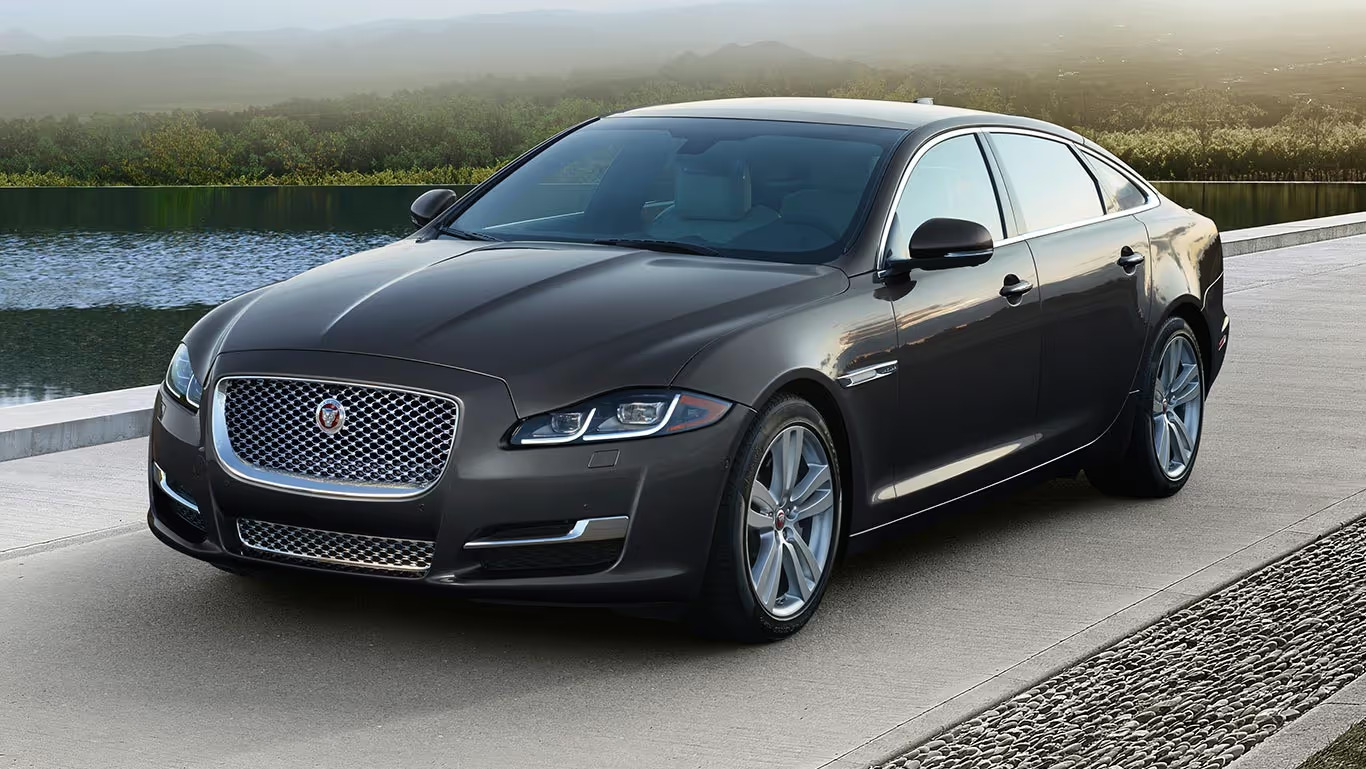Throughout automotive history, certain vehicles rise above practicality and performance to become cultural icons, while others, despite merit, fail to find a loyal fan base.
This exploration divides notable cars into two categories: five that developed cult followings thanks to unique character, historical significance, or cultural impact, and five that never earned one, despite strong engineering or innovation.
Both groups showcase how market perception, timing, and brand legacy shape a car’s long-term place in the public imagination.
5 Vehicles with Cult Followings
1. Mini Cooper: The People’s Racer
Born out of Britain’s fuel crisis in the 1950s, the Mini Cooper quickly became more than just an economical car—it became a symbol of British ingenuity. The transverse engine layout maximized interior space, and its nimble handling made it a motorsport hero, especially in rallying.
Between 1960 and 1972, it racked up 32 rally wins. With 41 years of production under multiple names and styles, the Mini’s quirky charm and racing pedigree cemented it as a cultural and automotive icon, giving it a fervent global following.
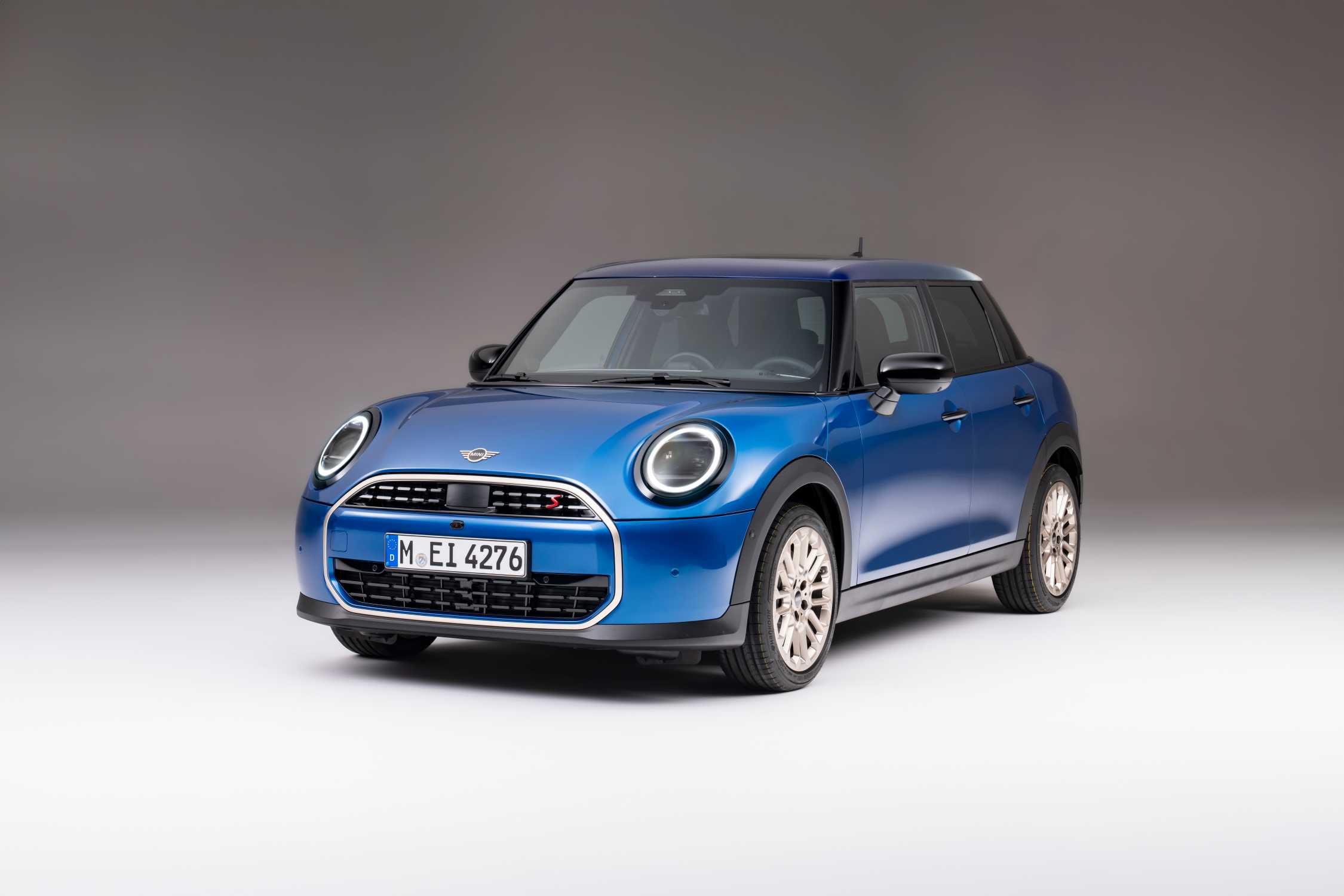
2. Fiat 500: Italy’s Rolling Icon
Launched in 1957, the Fiat 500 was Italy’s answer to affordable mobility. Compact, stylish, and full of character, it won hearts in its homeland and beyond. Whether in hardtop, convertible, or wagon form, the original Fiat 500 was synonymous with urban freedom and Italian flair.
Its legacy continues with a modern, electrified reinterpretation that stays true to the original’s essence. Pop culture, such as its appearance as Luigi in Cars, only boosted its fame, turning it into a lifestyle symbol with passionate fans worldwide.

3. Fiat Panda: The Unpretentious Hero
The Fiat Panda may not scream excitement, but its simple, honest design won over millions. Introduced in 1980, it offered rugged practicality, especially in 4×4 form—a trailblazer in small-car all-wheel-drive systems.
Its appeal lies in being dependable, adaptable, and unashamedly utilitarian. Revered by figures like James May and favored in tough conditions, the Panda’s quirky charm and underdog status gave rise to a dedicated cult following, especially among drivers who value function over flash.
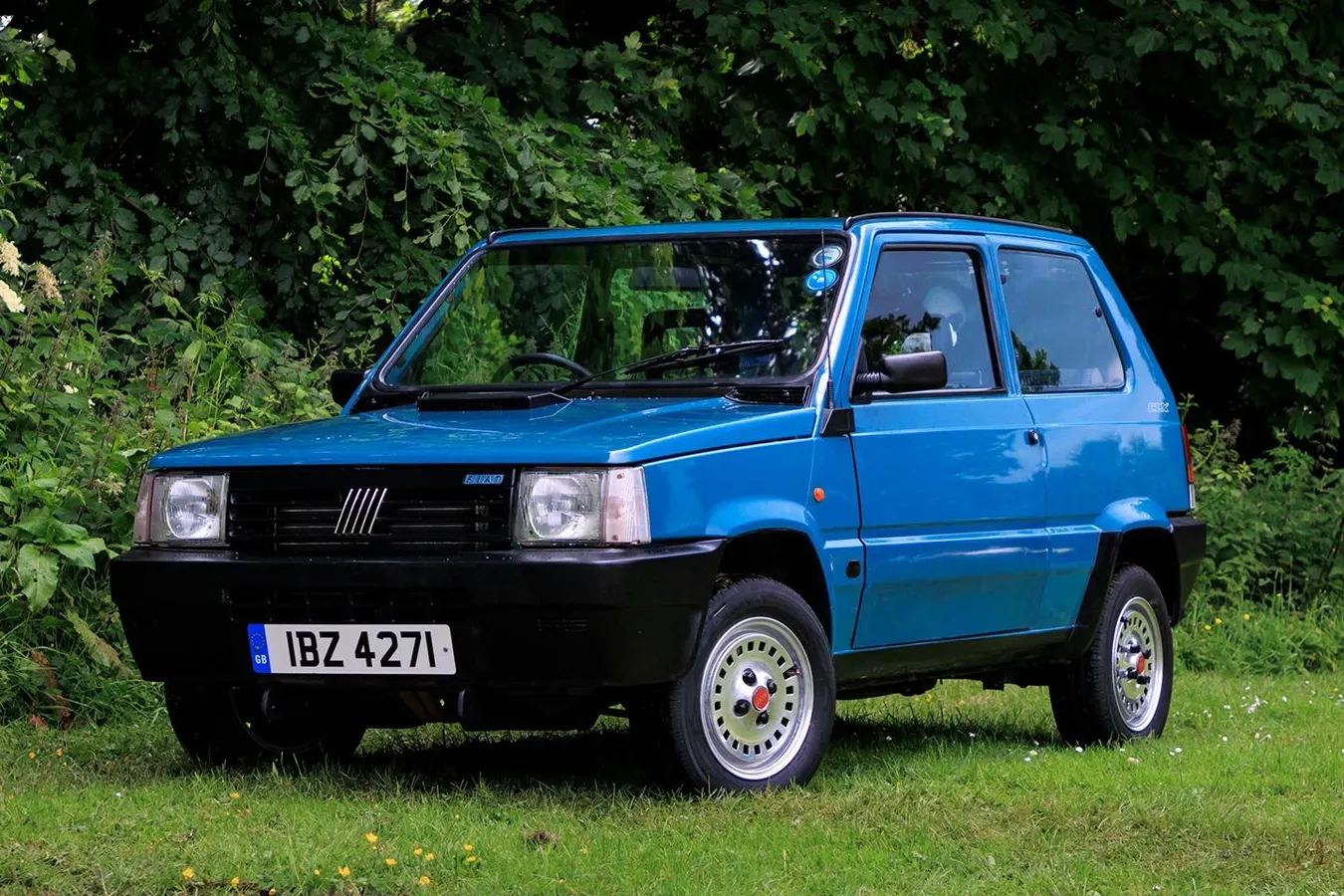
4. Datsun 510: Japan’s Underdog Legend
The Datsun 510 was Japan’s reply to European sedans—affordable, reliable, and surprisingly sporty. Available as a sedan, coupe, or wagon, it featured robust four-cylinder engines and a classic rear-wheel-drive setup.
The 510 gained racing cred in Trans Am series competitions, bolstering its reputation among gearheads. Its clean design and tuning potential have made it a darling of classic car collectors and JDM enthusiasts. Despite modest beginnings, the 510 became a cult favorite thanks to its blend of performance and simplicity.
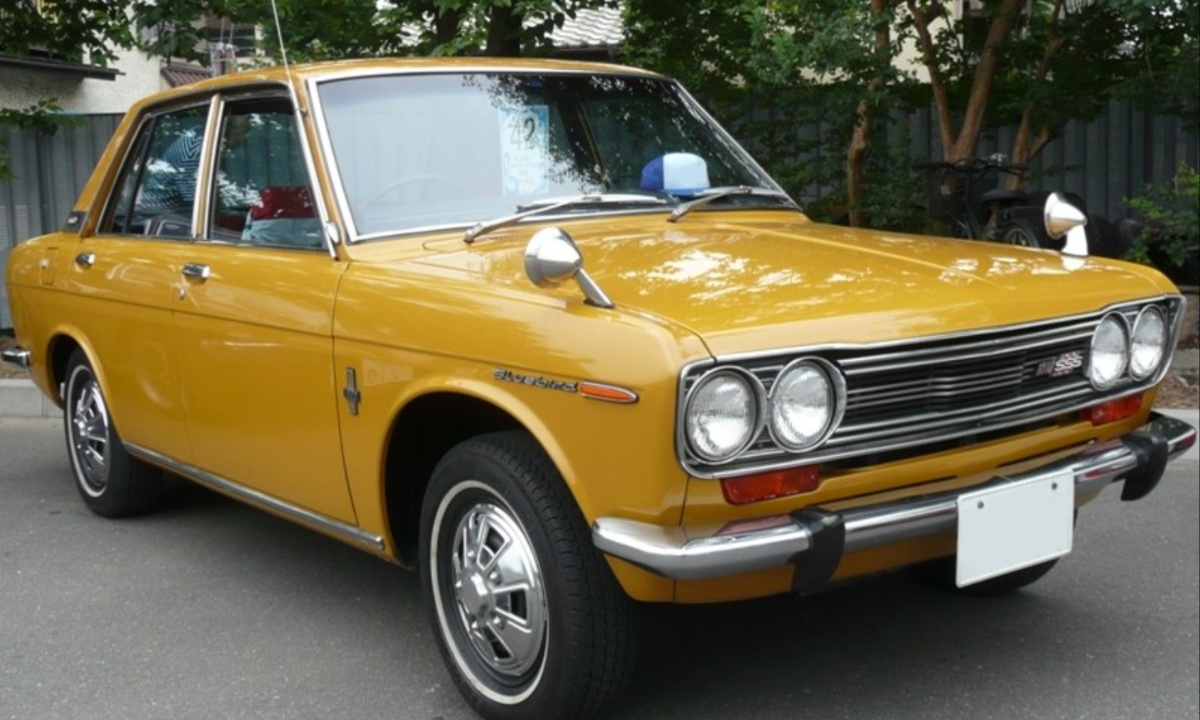
5. Honda Civic: Compact King
First launched in the 1970s, the Honda Civic was designed as an efficient, no-nonsense commuter, but its lasting impact tells a bigger story. Civic models delivered practicality during the oil crisis and reliability in an era of unreliable American options.
Early models featured zippy engines and compact versatility, making them perfect for urban life. Over time, Civics became staples in car modification culture, especially in the tuner scene. The Civic’s accessibility and endless potential for customization earned it a loyal global fan base.

5 Vehicles That Never Earned Cult Status
1. BMW 3-Series Sports Wagon: The Enthusiast’s Secret
The BMW 3-Series Sports Wagon is everything driving enthusiasts love—precise handling, strong turbocharged engines, and surprising practicality. Yet despite these traits, it failed to capture mainstream attention. Overshadowed by its SUV cousin, the X1, the wagon suffered from America’s general disinterest in long-roof cars.
Available only with AWD and an automatic transmission, it remains a connoisseur’s choice rather than a cult vehicle. Its lack of distinctiveness compared to sedans and crossovers prevented it from achieving iconic status.
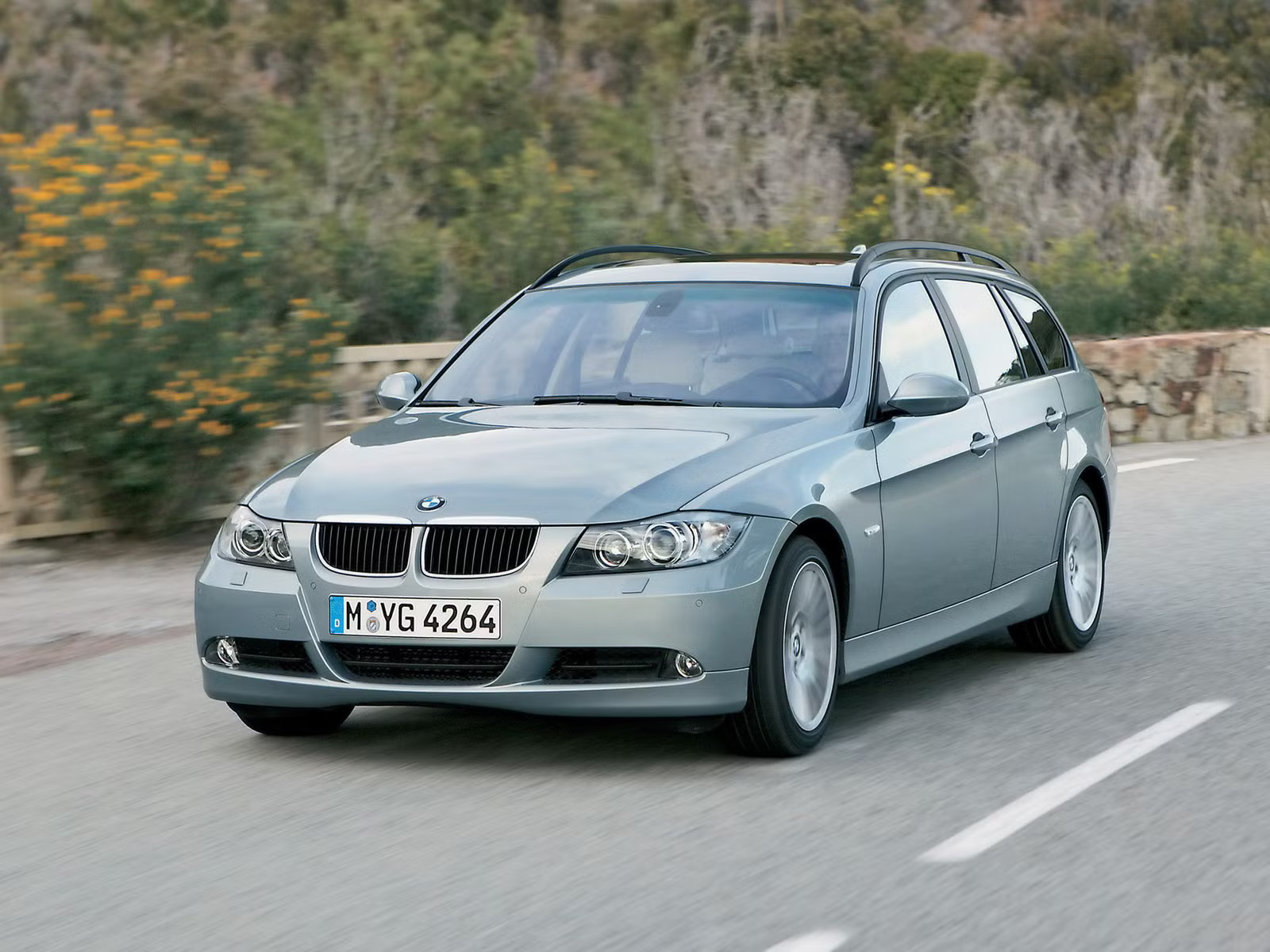
2. Cadillac ATS: The Misunderstood Performer
The Cadillac ATS was Cadillac’s bold attempt to out-BMW BMW—and in many ways, it succeeded. With sharp steering, solid balance, and a sporty coupe variant, the ATS rivaled the best European sedans. However, the buying public couldn’t reconcile the performance with Cadillac’s luxury legacy.
Weak branding, a frustrating infotainment system, and limited rear-seat space turned buyers away. Despite praise from enthusiasts, it never developed the loyal following needed to become a cult favorite—proof that driving dynamics alone aren’t enough.
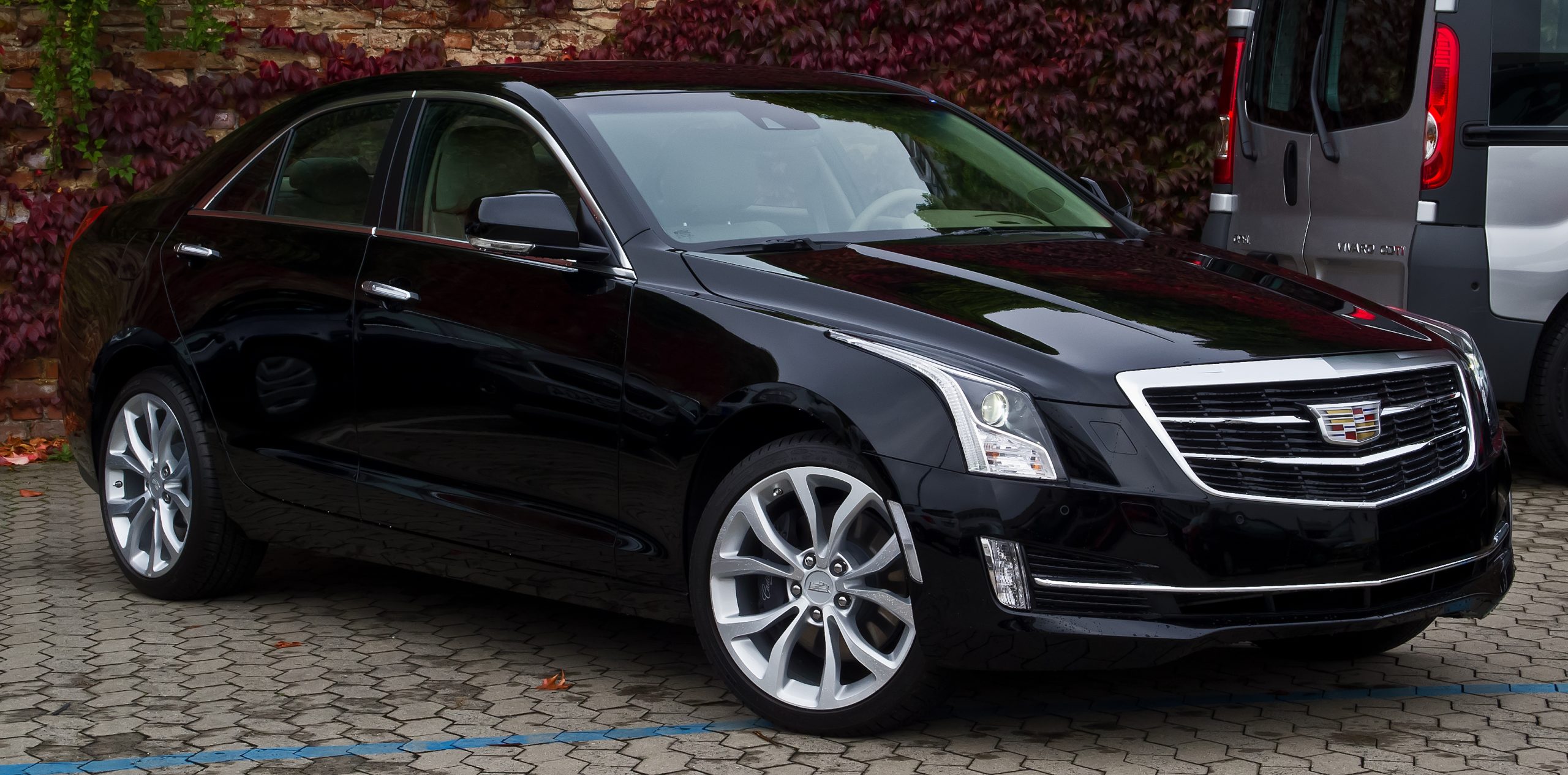
3. Cadillac CTS: Almost There
With its lightweight design, magnetic dampers, and a range of powerful engines—including the 420-hp twin-turbo V6 in the Vsport—the Cadillac CTS offered everything a sport sedan should. It even undercut German rivals in price while offering superior driving dynamics in some trims.
But like the ATS, it struggled to attract enthusiasts long-term. The CTS-V had brief hype, but it wasn’t enough to lift the whole lineup. It never truly overcame Cadillac’s dated image or carved out a cultural identity, preventing a cult status.
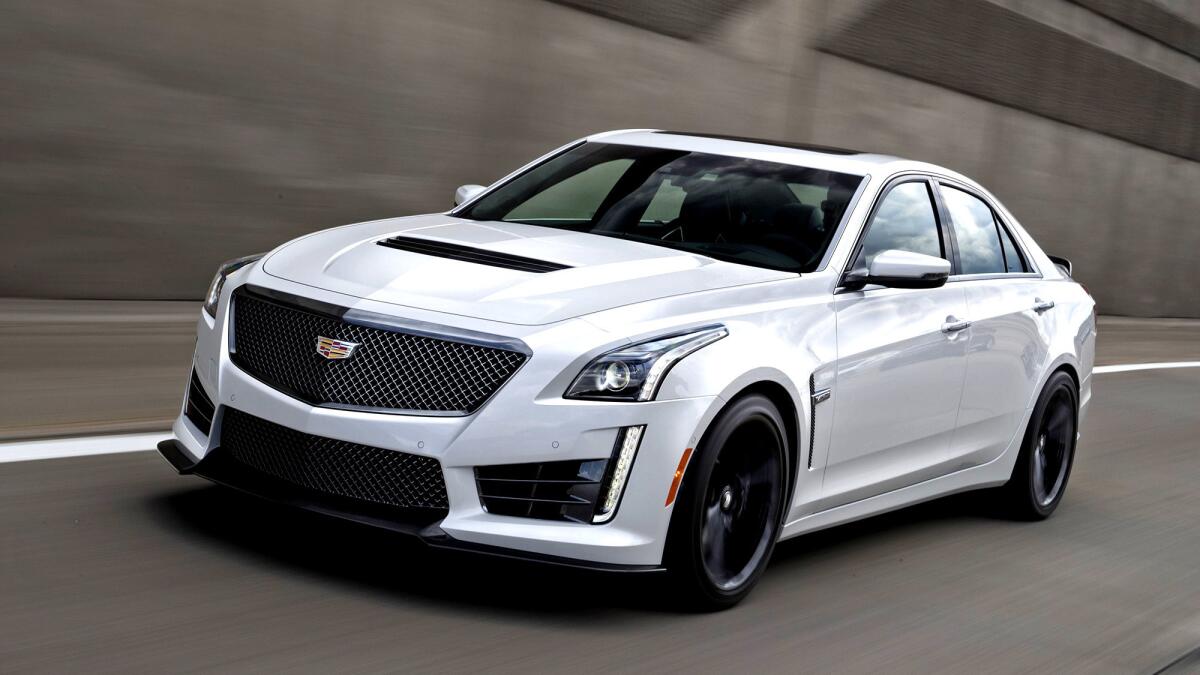
4. Ford Flex: Quirky but Ignored
The Ford Flex stood out visually with its boxy, retro design—part wagon, part SUV. With room for seven and a potent EcoBoost engine option, it offered unique utility and performance. Unfortunately, marketing missteps and poor naming buried its potential.
While praised by reviewers and owners alike, it lacked a distinct audience and never built a community. As crossovers dominated, the Flex was sidelined, becoming a forgotten oddball rather than a beloved outlier. Despite its capability, it never earned the love it deserved.
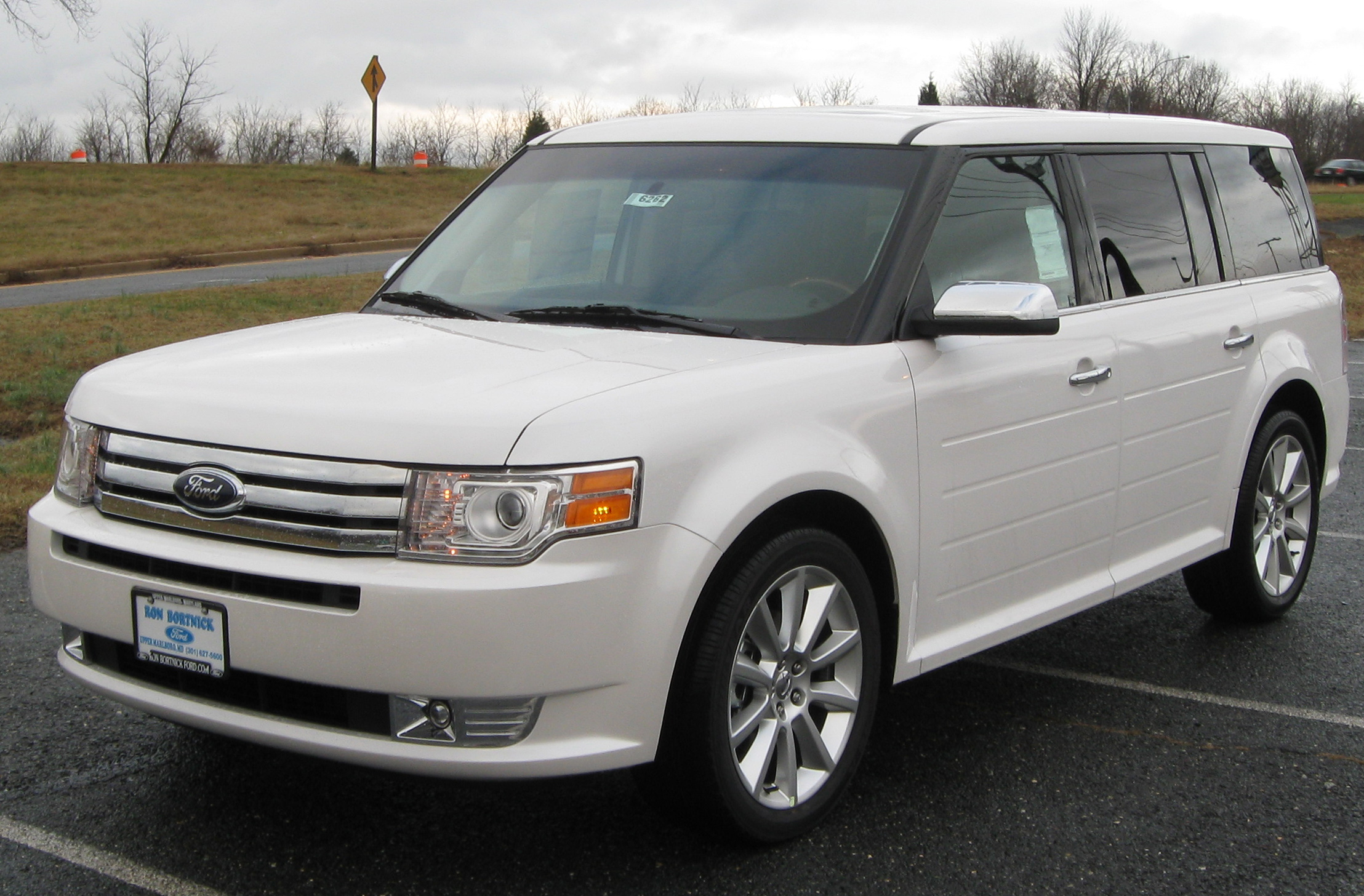
5. Jaguar XJ: The Beautiful Outsider
With its sleek design, lightweight aluminum construction, and powerful V8 options, the Jaguar XJ should have been a full-size luxury favorite. Instead, it languished in the shadows of the German big three. Perceptions of Jaguar’s reliability, outdated brand stigma, and low sales volume kept it from mass appeal.
Enthusiasts admired its grace and power, especially the long-wheelbase XJR, but admiration didn’t turn into widespread loyalty. It’s an elegant vehicle without a tribe—respected, yes, but never truly embraced.

The line between cult success and cultural obscurity is thin and unpredictable. Cars like the Mini and Datsun 510 transcend transportation to become beloved artifacts, often because they resonate emotionally or culturally.
Meanwhile, vehicles like the Cadillac ATS or BMW 3-Series Sports Wagon—despite technical excellence—never ignite the same spark. In the end, a car’s legacy isn’t just built in factories or race tracks, but in the hearts of those who see something more than metal and motion: identity, nostalgia, and passion.
Also Read: 5 Cars from the 2000s That Are Future Classics and 5 That Aren’t

